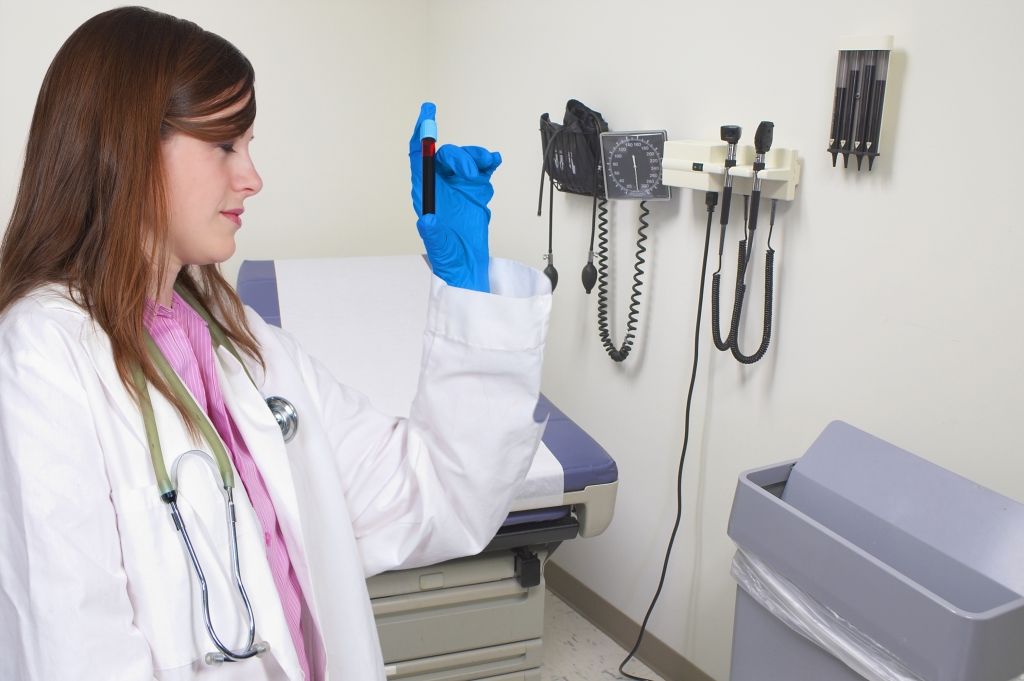
What Is a Certified Phlebotomist? The Essential Guide to outpatient Blood Collection Careers
In the fast-growing healthcare industry, outpatient blood collection is a critical service that ensures accurate diagnoses and effective patient care. At the heart of this process are certified phlebotomists, skilled professionals responsible for drawing blood in various outpatient settings. If you’re considering a career in this field or simply want to understand what a certified phlebotomist does, this extensive guide offers valuable insights into the roles, certification process, benefits, and practical tips for success.
Understanding the Role of a Certified Phlebotomist
What does a certified phlebotomist do?
A certified phlebotomist specializes in the collection of blood samples from patients for laboratory testing, blood donations, or medical examinations. they play a crucial role in outpatient clinics,hospitals,diagnostic laboratories,blood banks,and private practices. The tasks typically include:
- Preparing patients for blood draws with proper identification and comfort measures
- Applying tourniquets and locating veins effectively
- Inserting needles and drawing blood samples safely and efficiently
- Labeling and handling blood specimens according to protocols
- Maintaining cleanliness and adhering to safety guidelines
- Keeping accurate records of blood draw procedures
The importance of certification in outpatient blood collection
While some entry-level positions may not require certification, obtaining a certified phlebotomist license enhances credibility, job prospects, and professional growth. Certification assures employers and patients of the technician’s knowledge, competence, and adherence to industry standards.
How to become a certified Phlebotomist: A Step-by-Step Guide
Educational requirements
Most programs require a high school diploma or equivalent. Courses typically cover anatomy, blood collection techniques, safety procedures, and patient dialog.
Phlebotomy training programs
Numerous accredited training programs are available, either through vocational schools, community colleges, or healthcare institutions. Duration varies from a few weeks to several months, depending on the program.
Certification options and agencies
Popular certifying agencies include:
- American Society for Clinical Pathology (ASCP)
- National Healthcareer Association (NHA)
- American Medical Certification Association (AMCA)
- National Phlebotomy Association (NPA)
Certification process
Typically,candidates must:
- Complete a specified number of hours in training and supervised blood draws
- Pass a comprehensive examination covering topics like anatomy,safety,and blood collection procedures
- Pay certification fees and submit proof of training and work experience
Renewal and continuing education
Certifications usually require renewal every 1-3 years,frequently enough through continuing education credits or re-examination to stay current with industry practices.
Benefits of Being a Certified Phlebotomist in outpatient Settings
| Benefit | Description |
|---|---|
| High demand | Growing need for outpatient blood collection professionals across healthcare facilities |
| Positive work environment | Interaction with diverse patients and supportive healthcare teams |
| Competitive salary | Average hourly wages as of 2023 range from $16 to $22, with potential for advancement |
| Flexible schedules | part-time, full-time, or weekend shifts to suit personal lifestyles |
| Career advancement opportunities | Progression to supervisory, training, or specialized roles like pediatric or geriatric phlebotomy |
Practical Tips for Aspiring Certified Phlebotomists
- Choose an accredited training program for quality preparation
- Gain hands-on experience through internships or externships
- Develop excellent patient communication skills to ease anxious or nervous patients
- Stay updated on current safety protocols and industry standards
- Build a professional network and consider joining associations like the American Society for Clinical Pathology (ASCP)
Real-World Case Study: A Day in the Life of a Certified Phlebotomist
Meet Sarah, a certified phlebotomist working at a busy outpatient clinic. Her typical day involves welcoming patients, explaining procedures, preparing blood collection equipment, and performing blood draws with precision. Her ability to remain calm and empathetic helps patients feel more cozy. Sarah often juggles multiple tasks, from sample labeling to documentation, ensuring every step complies with healthcare standards. Her certification and ongoing training have contributed to her success and confidence in a varied outpatient environment.
Frequently Asked Questions (FAQs)
Is certification necessary to work as a phlebotomist?
While requirements vary by state and employer, certification is highly recommended to enhance job opportunities and demonstrate professional competence.
How long does it take to become a certified phlebotomist?
Most training programs range from 2 to 6 months, depending on the depth of coursework and clinical hours required.
What skills are essential for outpatient blood collection?
- Attention to detail
- Excellent communication
- Steady hands and technical proficiency
- Empathy and patience
- Adherence to safety protocols
Conclusion
Becoming a certified phlebotomist opens doors to a rewarding career in outpatient healthcare. This role combines technical skill, compassionate patient care, and professional growth opportunities. With the right training, certification, and dedication, you can excel in the vital field of outpatient blood collection, making a meaningful difference in patients’ lives while enjoying a stable and flexible career path.
If you’re passionate about healthcare, interested in a hands-on medical role, and looking for a career with growth potential, pursuing certification as a phlebotomist might be your ideal next step.